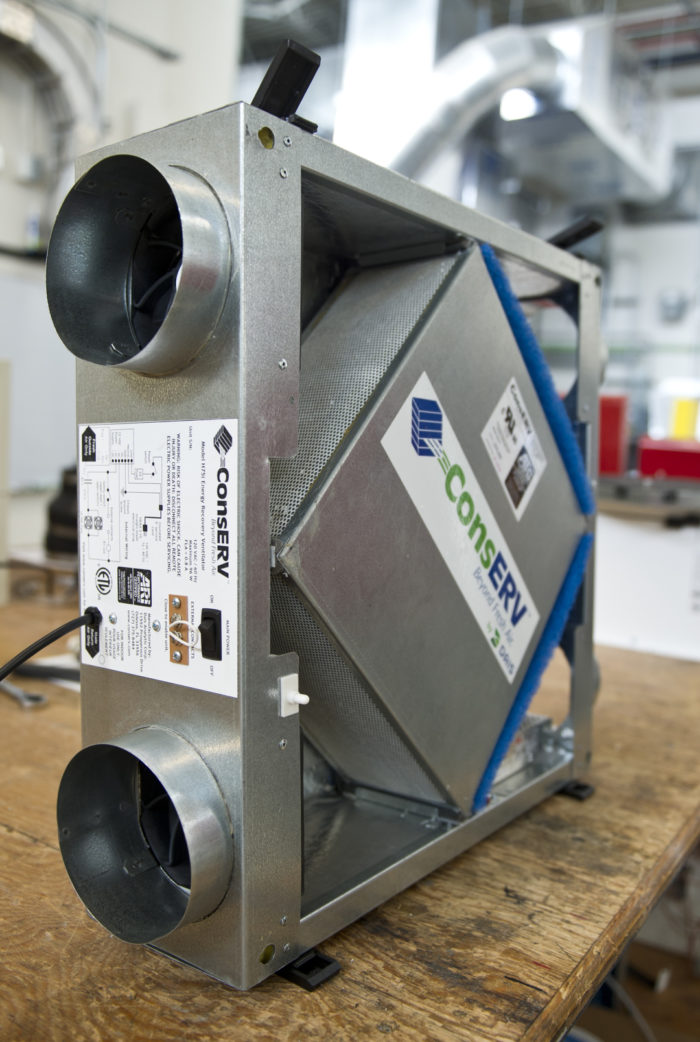Discovering the Perks of Heat Recovery Ventilation for Energy Effectiveness in Residences
Heat Recovery Ventilation (HRV) systems offer home owners a functional strategy to improving energy performance. By recovering warmth from outward bound air, these systems can considerably minimize heating & cooling costs. In addition, they give a constant supply of fresh air, enhancing interior air high quality and comfort degrees. As house owners think about sustainable alternatives, understanding the subtleties of HRV systems ends up being increasingly vital. What aspects should one evaluate prior to making such a financial investment?
Comprehending Heat Recovery Ventilation Systems

Exactly How HRV Enhances Indoor Air High Quality

Power Savings: The Economic Benefits of HRV
Taking full advantage of energy performance, heat recovery ventilation (HRV) systems provide considerable monetary advantages for homeowners. By recouping and reusing heat from exhaust air, HRVs markedly lower cooling and heating prices. This technology can result in energy savings of as much as 30%, depending on environment and usage patterns. Property owners commonly observe reduced utility expenses shortly after setup, making HRVs an economically smart investment in time. Additionally, many areas supply incentives or rebates for energy-efficient upgrades, even more improving the financial allure. As energy rates continue to rise, the cost-effectiveness of HRVs comes to be increasingly clear. In general, the consolidation of HRV systems not only advertises energy effectiveness yet additionally adds to long-term economic savings for homes.
The Ecological Effect of Heat Recovery Ventilation
A considerable ecological benefit of heat recovery ventilation (HRV) systems depends on their capacity to decrease general power consumption. By recovering heat from exhaust air and moving it to inbound fresh air, HRV systems minimize the requirement for energy-intensive home heating and cooling down methods. This reduction in energy need contributes to lower greenhouse gas emissions, as less nonrenewable fuel source is required to keep comfy indoor temperature levels. In addition, HRV systems enhance indoor air high quality by effectively exchanging stagnant a fantastic read air with fresh exterior air, his response reducing reliance on mechanical cooling systems that can harm the atmosphere. Overall, the implementation of HRV systems supports sustainable living techniques and aligns with worldwide initiatives to fight climate adjustment by promoting power efficiency in residential settings.
Selecting the Right HRV System for Your Home
Just how can property owners assure they select the ideal heat recovery ventilation (HRV) system for their needs? Initially, they need to assess their home's size and layout, as these factors affect air movement needs. Next, assessing the system's efficiency rankings is important, as greater ratings suggest much better performance and energy financial savings. Home owners need to likewise take into consideration installment and upkeep expenses, comparing various brand names and designs for value. Furthermore, it's essential to review sound levels, as some systems run even more quietly than others. Consulting with cooling and heating professionals can provide customized suggestions based on certain home conditions. Finally, examining customer reviews and guarantees can aid in making an educated decision, making sure that the selected HRV system successfully boosts indoor air high quality and energy efficiency.
Frequently Asked Concerns

How Typically Should I Clean or Preserve My HRV System?
The frequency of cleaning or preserving a heat recovery air flow (HRV) system generally depends upon use and environmental elements. Usually, it find is a good idea to perform maintenance every 6 months to guarantee peak efficiency and air top quality.

Can HRV Systems Help In Reducing Moisture Degrees Indoors?
HRV systems can properly lower indoor moisture degrees by trading stale, damp air with fresh, drier air from outdoors. HRV Heat Recovery Ventilation. This process assists keep a balanced interior setting, enhancing convenience and protecting against moisture-related issues
What Is the Life-span of a Normal HRV System?
The life-span of a typical heat recovery ventilation (HRV) system varies, normally lasting in between 10 to 15 years. Normal maintenance can expand its effectiveness and functional life, making certain peak efficiency throughout its usage period.
Are There Any Sound Interest In HRV Solutions?
Noise worry about HRV systems can emerge, specifically from fan operation. Several modern units are made to lessen sound degrees, ensuring they run quietly while maintaining performance, which attends to prospective disturbances in living environments.
Can I Install an HRV System Myself, or Do I Required a Professional?
The specific contemplated whether to install the heat recovery ventilation (HRV) system directly or employ a professional. Normally, while do it yourself installment is possible, experience guarantees correct functionality and compliance with neighborhood building ordinance, improving system effectiveness.